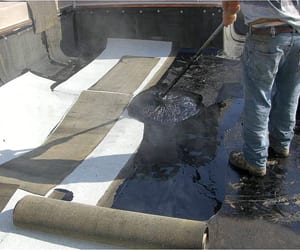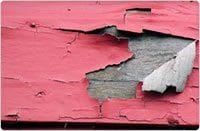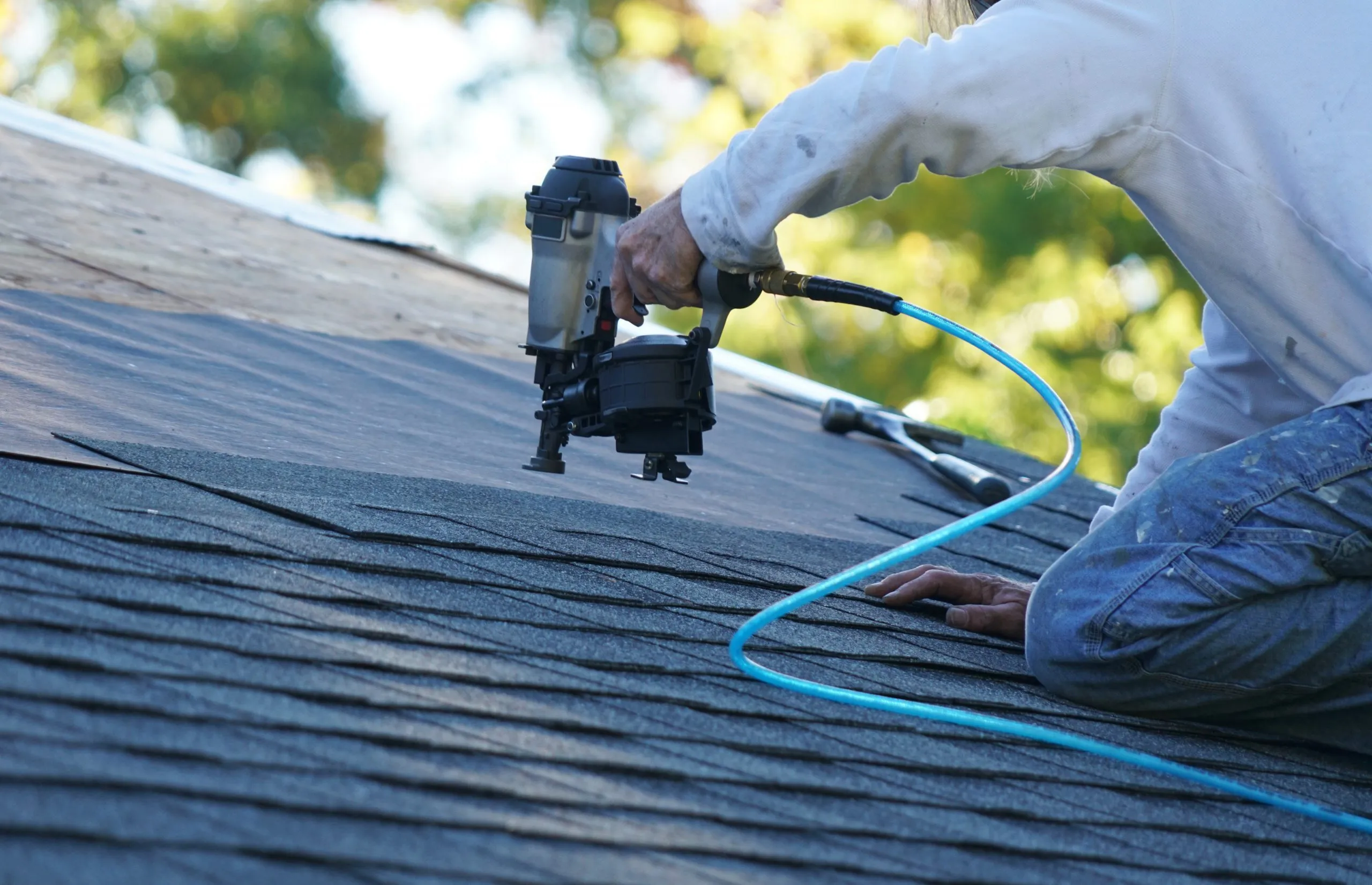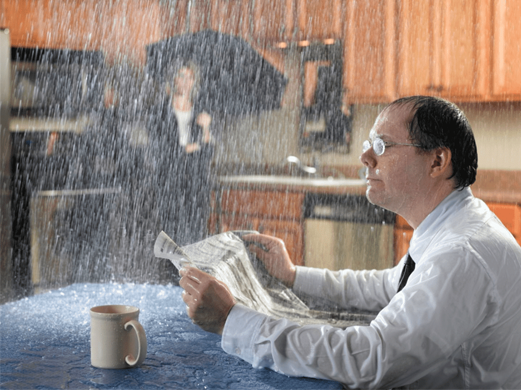Black vs. White Roofing
There’s much more to selecting a roof membrane than color – but it’s not a black-and-white decision. The environmental benefits of exposed-membrane, low-slope roofing systems with high solar reflectance and thermal emittance have been established by the Cool Roof Rating Council (CRRC), Lawrence Berkeley National Laboratory, and others. Generally white in color or with white surfacing, these membra nes reduce the solar radiation collected by roofing surfaces, which lowers the roof-surface contribution to the energy used to condition air and to the local environment. (All cool roofs are included as white roofs in this article because tan and other membranes meet high reflectance/emittance requirements.) But white isn’t always best.
Why Not a Black-and-White Decision?
If high solar reflectance and emittance are better, and generally found in white membranes, why isn’t the decision black and white? There are three reasons.
Reason No. 1: Surface Temperature vs. Durability .
Some manufacturers propose that a white membrane equals greater durability, which is a misleading claim. Any membrane will be more durable if its surface temperature is lower on any roof; however, a cooler membrane in a particular location on a particular building isn’t necessarily more durable than a different membrane on the same building that’s not as “cool.” Although it may be necessary (by law) or desirable to use a white membrane, that membrane isn’t necessarily more durable than a black membrane. Carl G. Cash, in The Relative Durability of Low-Slope Roofing, described the mean local temperature (thermal load) and its effect on membrane durability. All membranes show lower durability in southern U.S. climates compared to more temperate climates. Many white membranes are less durable in all climates, and less durable than black membranes in any climate.
Reason No. 2: Heating Benefits in Cold Climates .
Some manufacturers propose that a black membrane lowers heating costs by more than any penalty for added cooling costs, which is also a potentially misleading claim. There are scientific and common-sense arguments about the comparison of black and white membranes in temperate climates. For many buildings in temperate climates, there is no air conditioning and no reduced air-conditioning energy benefit for the use of a white roofing system, and there is some heating benefit to black roofing in the winter (the benefit varies with the amount of sunshine); however, even if you don’t air condition your building, you may want it cooler in the summer.
Reason No. 3: Environmental Benefits of Durability. The benefits of the CRRC Rating Program, the U.S. DOE’s ENERGY STAR program, and other government regulations requiring high-reflectance (and high-emittance) membranes don’t address the environmental benefit/penalty of durable/less durable roofing membranes. While there are acknowledged limitations on the evaluations of reflectance and emittance values, they’re still useful tools.
The environmental benefits of any roofing decision can be thought of as part of the quality and value understanding of the cost (initial and/or life-cycle) and durability. If you’re limited to solar reflectance standards (e.g. ENERGY STAR), you’re led to white roofing. If you’re limited to proven service life, you’re more likely to determine that a black membrane is appropriate.
Presently, we have useful and on-going science related to solar reflectance/emittance. We have the 10-year-old work by Cash related to durability and life-cycle costs. But we don’t yet have a thorough understanding of the environmental cradle-to-grave costs of any black roofing membrane compared to a white membrane, such as environmental risks of manufacturing, installation, and disposal. For now, we base our evaluation on the best data we have from the CRRC, the DOE, and Cash.
Beyond Black vs. White
Black membranes need not create black roofs. Vegetated green roofs can use black membranes because performance isn’t affected by the membrane solar reflectance. Ballasted black membranes can have similar performance to white membranes. Built-up membranes can be surfaced with ENERGY STAR cap sheets, creating a white membrane. Coatings can be applied to low-performing membranes, based on solar reflectance and emittance, to meet the California Energy Code. (Long-term durability in terms of coatings is a concern, and is the subject of testing; some coatings, such as methyl methacrylate, are likely to be durable.)












